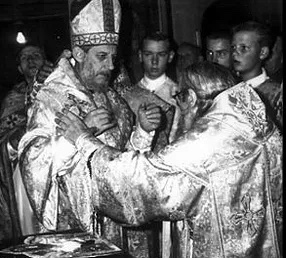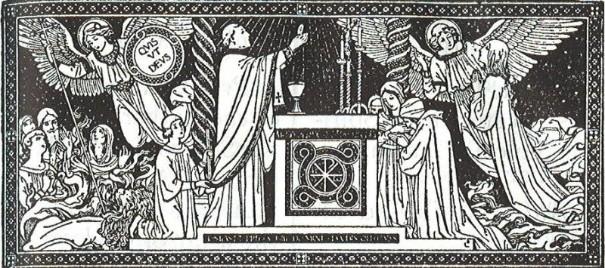

"The Western Rite Churches of the Russian Orthodox Church Outside of Russia have, since 1870 been approved by the Holy Synod of the Russian Orthodox Church.. The history of the West begins with Christians of the early Church migrating westward, giving a wide berth of Roman Legions and, by the fourth century, their brand of Catholic religion. These first Western Christians are our spiritual ancestors: Orthodox men and women from at least the fourth century until the invasion of Papal-Norman armies in A.D. 1066, when an entire Celtic, Saxon, and Orthodox lifeworld was crushed." *

Today the ROCOR - Western Rite Communities are reclaiming our Orthodox Western patrimony and ancient liturgies, foremost the Divine Liturgy of St. Gregory, Pope of Rome (A.D. 590-604). Its Liturgy is one of the most ancient of all the various Liturgies of the Church deriving from the original Liturgy of St. Peter.
* Taken from the Charter of ROCOR Western Rite Communities.


© Copyright 2023 | St. Anthony the Great Orthodox Church Incorporated